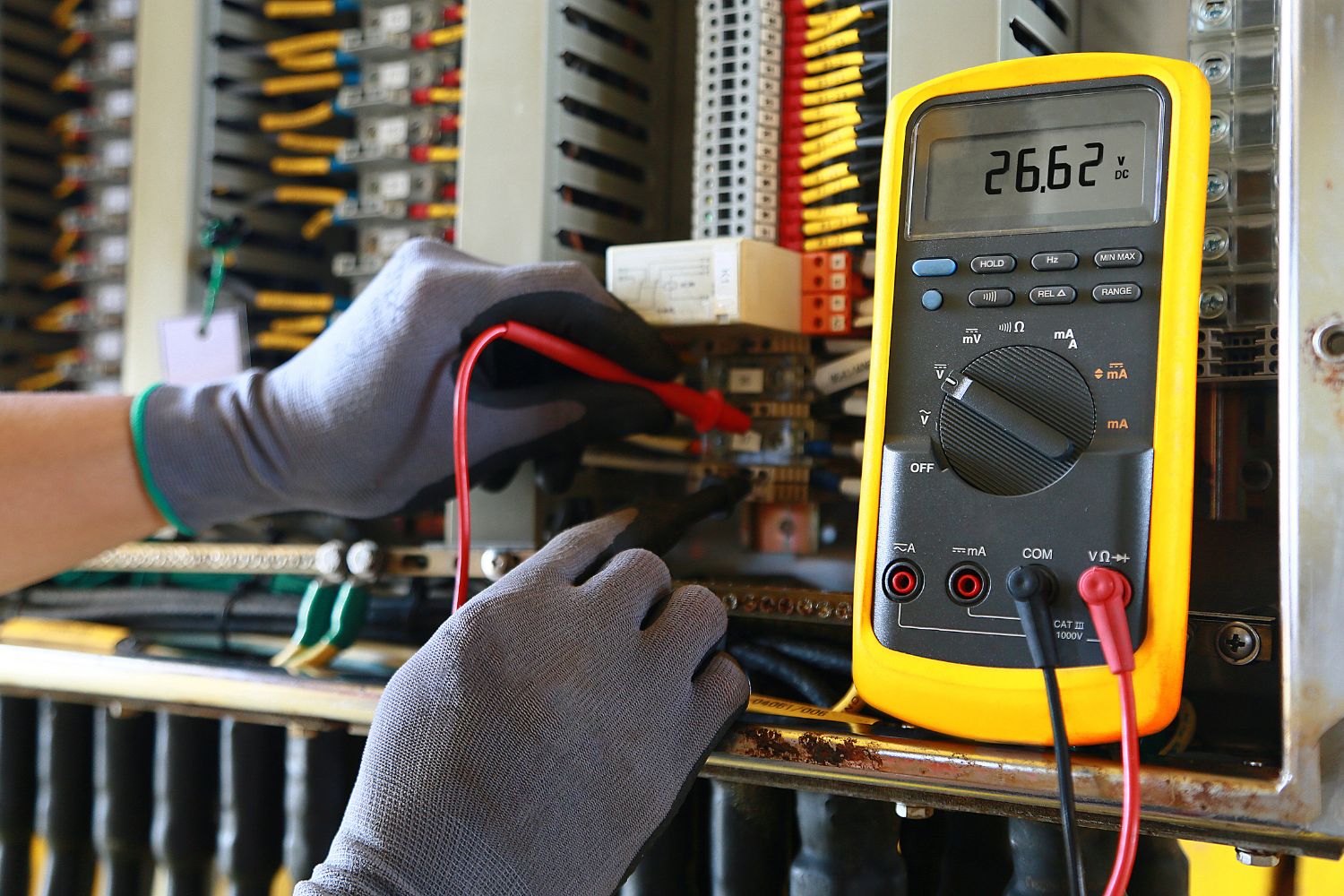- Home
- Articles
- Architectural Portfolio
- Architectral Presentation
- Inspirational Stories
- Architecture News
- Visualization
- BIM Industry
- Facade Design
- Parametric Design
- Career
- Landscape Architecture
- Construction
- Artificial Intelligence
- Sketching
- Design Softwares
- Diagrams
- Writing
- Architectural Tips
- Sustainability
- Courses
- Concept
- Technology
- History & Heritage
- Future of Architecture
- Guides & How-To
- Projects
- Interior Design
- Competitions
- Jobs
- Store
- Tools
- More
- Home
- Articles
- Architectural Portfolio
- Architectral Presentation
- Inspirational Stories
- Architecture News
- Visualization
- BIM Industry
- Facade Design
- Parametric Design
- Career
- Landscape Architecture
- Construction
- Artificial Intelligence
- Sketching
- Design Softwares
- Diagrams
- Writing
- Architectural Tips
- Sustainability
- Courses
- Concept
- Technology
- History & Heritage
- Future of Architecture
- Guides & How-To
- Projects
- Interior Design
- Competitions
- Jobs
- Store
- Tools
- More
How to Reduce Fire Hazards at Home with Simple Safety Precautions

A fire can start in seconds and spread in minutes, turning a safe home into a dangerous place. Many household fires result from simple mistakes—unattended stoves, faulty wiring, or overloaded power strips. The good news? Most fires are preventable with a few proactive steps.
By taking basic safety precautions, you can significantly reduce the risk of a fire and protect your loved ones. From proper electrical usage to smart cooking habits, small changes can make a big difference.
This article explores six simple yet effective fire safety measures that every homeowner should follow. Whether you’re a new homeowner or just looking to improve your fire safety awareness, these tips will help you create a safer living environment. Let’s get started.
Table of Contents
ToggleKeep Electrical Systems in Check
Faulty wiring and overloaded circuits are among the leading causes of house fires. Regularly inspecting your electrical system can help prevent dangerous situations. If you notice flickering lights, frequent breaker trips, or burning smells near outlets, these could be signs of electrical problems that need immediate attention. Avoid plugging multiple high-wattage appliances into a single outlet, as this can cause overheating.

Use surge protectors and ensure your home’s wiring is up to code. Extension cords should be a temporary solution, not a permanent fix. If you live in an older home, consider hiring a licensed electrician to assess your wiring and make necessary upgrades to improve safety.
Have Shut-Off Power Mechanisms in Place
Electrical fires often start when circuits are overloaded or appliances malfunction. Installing safety devices can help prevent these hazards. For instance, you can install GFCI outlets to shut off power when they detect an electrical fault, reducing the risk of shock and fire. Whole-house surge protectors can also safeguard your electrical system from sudden voltage spikes.
Additionally, make sure you know where your home’s circuit breaker panel is located and how to turn off power in an emergency. If you experience an electrical issue, shutting off power quickly can prevent sparks from igniting flammable materials. These safety measures provide extra layers of protection against potential fire hazards.
Practice Safe Cooking Habits
Kitchen fires are one of the most common household fire hazards, often caused by unattended cooking or flammable materials near heat sources. Never leave your stove unattended when frying, grilling, or boiling food. Keep flammable objects like paper towels and dishcloths away from open flames, and consider installing fire retardant curtains as an added precaution.”
If grease catches fire, never use water to extinguish it—instead, smother the flames with a lid or use a fire extinguisher. Make it a habit to clean grease buildup from stovetops and range hoods to prevent flare-ups. By being mindful of cooking safety, you can significantly reduce the risk of a kitchen fire in your home.
Install and Maintain Smoke Alarms
Smoke alarms are your first line of defense in detecting a fire before it spreads. Install alarms in every bedroom, hallway, and common area, ensuring they are positioned on ceilings or high on walls. Test them monthly to confirm they’re working correctly, and replace batteries at least once a year. Modern smoke alarms come with 10-year sealed batteries, but they still require regular checks.
If an alarm frequently chirps, it’s signaling a low battery or malfunction—never ignore it. In addition to smoke detectors, consider installing carbon monoxide alarms to detect invisible, life-threatening gas leaks. A properly maintained alarm system can give you the crucial seconds needed to escape safely.
Store Flammable Items Properly
Household items like cleaning supplies, aerosols, and gasoline can easily ignite if stored incorrectly. Keep flammable liquids away from heat sources, such as stoves, heaters, and direct sunlight. Store them in a cool, well-ventilated area, preferably in fire-resistant cabinets. Never leave candles burning unattended or place them near curtains and furniture. If you use a fireplace, always dispose of ashes in a metal container and store it away from the house.
Be mindful of storing rags soaked in oil-based products, as they can spontaneously combust. Proper storage of flammable items can greatly minimize fire risks and keep your home and family safe.

Create an Emergency Fire Escape Plan
Even with the best precautions, emergencies can still happen. Having a well-practiced fire escape plan can be the difference between life and death. Map out at least two exit routes from every room in your home and ensure windows and doors are easy to open. Teach family members how to check door handles for heat before opening them and remind them to stay low to avoid smoke inhalation.
Conduct regular fire drills so everyone knows what to do in case of a fire. Establish a designated meeting point outside to account for all household members. A well-prepared escape plan ensures a swift and safe evacuation during an emergency.
Fire safety starts with simple yet effective precautions that can significantly reduce risks at home. By maintaining electrical systems, practicing safe cooking habits, and ensuring smoke alarms work properly, you create a safer environment for your family. Installing shut-off mechanisms, storing flammable items carefully, and having an emergency escape plan further strengthen your fire prevention efforts. Small, proactive steps can make all the difference in preventing disaster. Don’t wait for an emergency—take action today to safeguard your home. Fire prevention is a shared responsibility, and with these precautions in place, you can enjoy peace of mind knowing your household is protected.
illustrarch is your daily dose of architecture. Leading community designed for all lovers of illustration and #drawing.
Submit your architectural projects
Follow these steps for submission your project. Submission FormLatest Posts
How Designers Can Use Custom QR Codes to Enhance Branding and User Experience
Design has always been about meaning. A shape, a colour, a line...
Acoustic Panels: Where Aesthetics Meet Sound Design
Acoustic panels that elevate design and clarity: learn NRC, RT60 targets, absorbers...
Revolutionizing Electrical Estimating with Drawer AI
In the evolving world of electrical contracting, the demand for faster, more...
5 Steps to Protecting Critical Infrastructure from Modern Cyber and Physical Threats
From energy and water networks to transportation hubs and medical facilities, modern...












Leave a comment